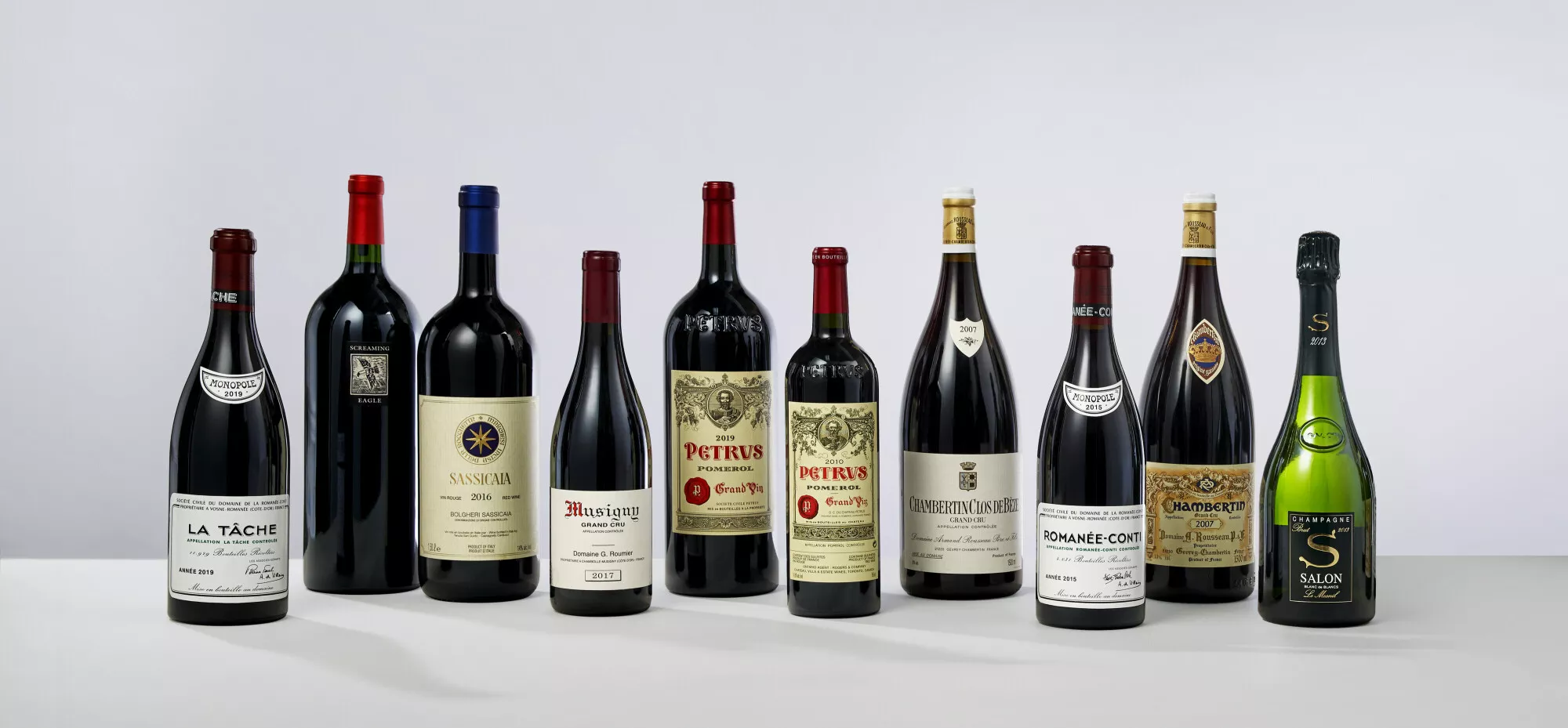July 9, 2024
What Makes a Wine Collectible? Criteria and Characteristics That Classify a Wine as Rare

In the world of fine wine, rarity and collectibility are highly coveted attributes that often elevate a bottle to legendary status. But what exactly makes a wine rare and collectable? This comprehensive guide will delve into the various criteria and characteristics that classify a wine as rare, from its production methods and terroir to its ageing potential and cultural significance.
The Essence of Rarity
The concept of rarity in wine is multifaceted, involving several interrelated factors that contribute to its exclusivity and desirability. Understanding these factors can help collectors and enthusiasts appreciate the nuances that make a wine truly special.
Limited Production
One of the primary factors that contribute to a wine's rarity is limited production. Wines produced in small quantities are inherently scarce, making them more sought after by collectors. Limited production can result from various factors:
Small Batches: Rare wines are typically produced in small quantities, often from single vineyards or specific plots of land. This limited production ensures exclusivity.
Exclusive Releases: Some wines are produced only on special occasions or anniversaries, adding to their exclusivity. These limited editions are often accompanied by unique packaging or labeling, further enhancing their appeal.
Artisanal Methods: Traditional and artisanal winemaking techniques, such as hand-harvesting and foot-treading, typically involve more labor-intensive processes, resulting in smaller production runs. These methods are often used to produce high-quality, terroir-driven wines.
Unique Terroir
Terroir, the combination of soil, climate, and geographical features, plays a crucial role in defining the rarity and quality of a wine. Wines from unique or exceptional terroirs are often considered rare due to their distinct characteristics and limited production areas.
Geographical Significance: Certain regions are renowned for their unique terroir, which imparts specific flavors and qualities to the wines produced there. For example, Burgundy's Romanée-Conti vineyard is famous for its limestone-rich soil, which contributes to the wine's complexity and minerality.
Microclimates: Small variations in climate within a vineyard can create microclimates that significantly impact the grapes' development. These microclimates can produce wines with unique flavor profiles that are distinct from those of neighboring vineyards.
Soil Composition: The composition of the soil, including its mineral content and drainage capabilities, can greatly influence the characteristics of the wine. Wines from regions with distinctive soil types, such as the volcanic soils of Mount Etna in Sicily, are often highly prized for their unique qualities.
Vintage Quality
The quality of a particular vintage can also contribute to a wine's rarity and collectibility. Exceptional vintages, produced under ideal weather conditions, often yield wines of superior quality that are more likely to be sought after by collectors.
Weather Conditions: The weather during the growing season plays a crucial role in determining the quality of the grapes. Years with optimal weather conditions, such as a perfect balance of sun, rain, and temperature, tend to produce the best vintages.
Harvest Timing: The timing of the harvest can also impact the quality of the vintage. Grapes picked at their peak ripeness are more
